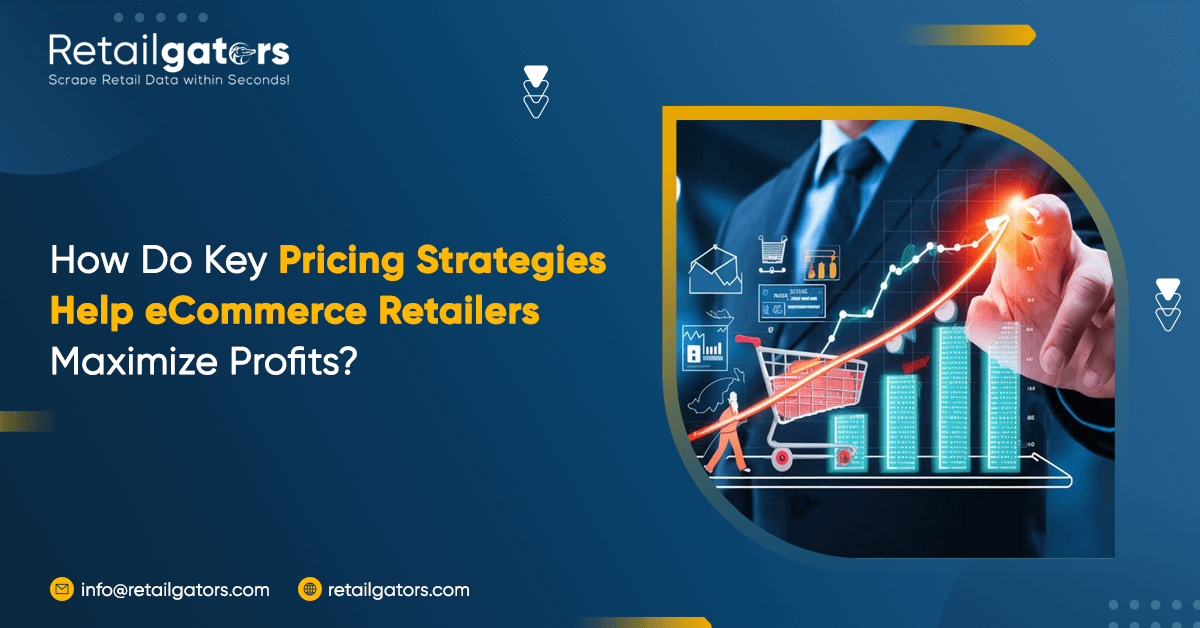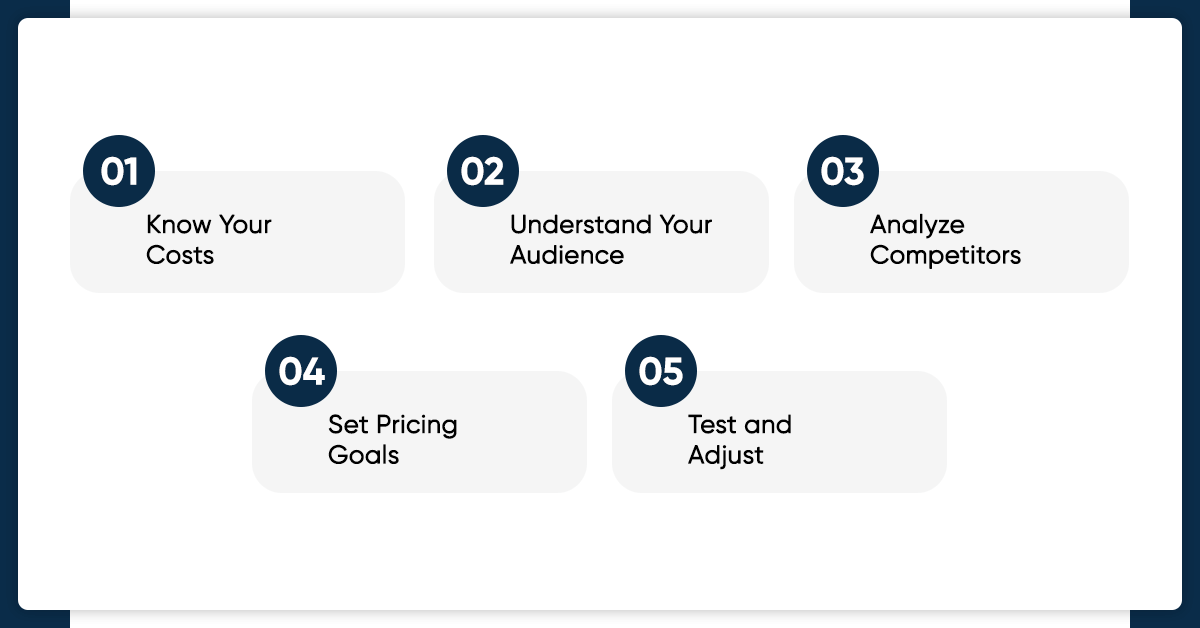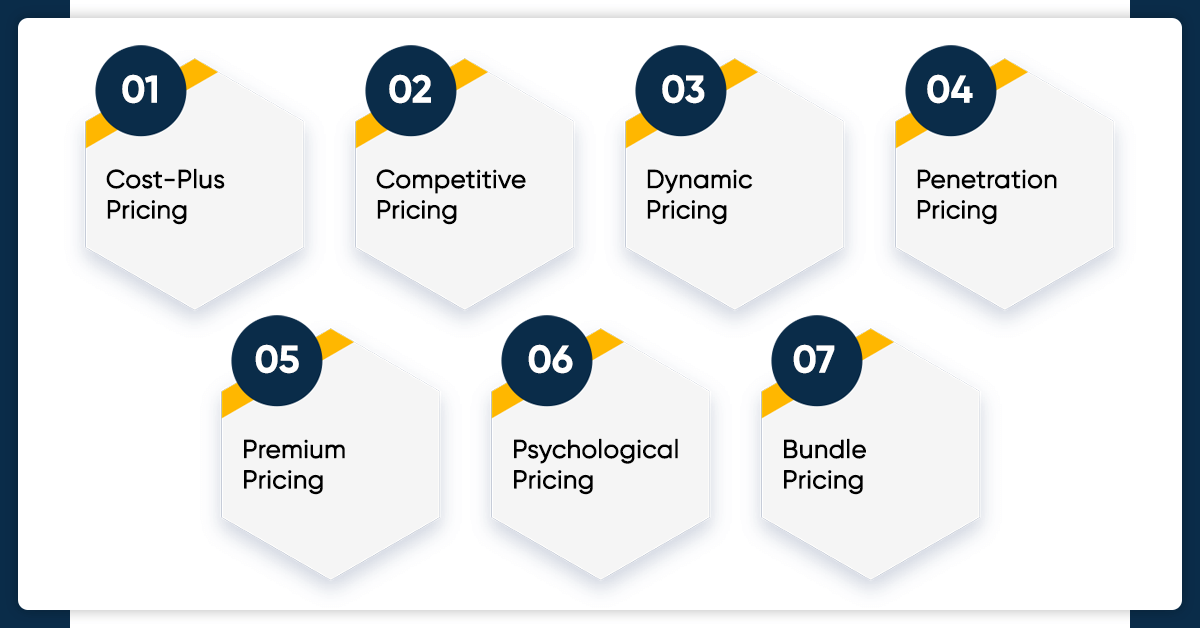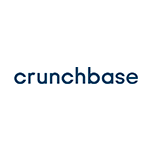
Today, in the competitive world of online shopping, setting the correct prices is crucial for a business's Success. Online retailers must choose the best pricing strategy to make the most money and keep customers returning. There are many strategies to consider, and knowing the best time can be challenging. This blog will look at eCommerce retailers' main pricing strategies to make more money and be successful in the long run.
What Is An eCommerce Pricing Strategy?
An eCommerce pricing strategy is a plan that online sellers use to set the prices of their products or services. Any pricing strategy aims to balance making a profit and keeping customers satisfied. A good pricing strategy ensures that your product's prices are competitive while making your business profitable.
A good pricing strategy considers many things, such as how much the product costs to make, who else is selling similar products, how many people want to buy it, who the customers are, and what the market is like. For online stores, pricing is essential for creating a good brand, selling more, and returning customers.
Different types of eCommerce pricing strategies have advantages and drawbacks. Some aim to maximize profits, while others focus on gaining new customers or shaping the brand's image. Choosing the right plan, matching your business goals, and meeting customer expectations are essential.
How To Create a Pricing Strategy Right for Your Business and Customers?

Before you start thinking about specific pricing strategies, keep in mind that there's no single approach that works for everyone. Choosing the right pricing strategy depends on your business model, industry, and target market. Here are a few steps to help you create a pricing strategy that suits both your business and customers:
Know Your Costs
Before you decide how much to charge for your product or service, you must know all the costs involved. That includes the money you spend directly on making or buying your product and other costs like shipping, storing, and advertising. Your prices should be high enough to cover all these expenses and still make a profit.
Understand Your Audience
Understanding different customer groups is essential when setting prices. Knowing your audience and their buying behavior, you can tailor your pricing strategy to meet their needs and spending habits. Determine if they prioritize high-end products or if they are price-conscious. Gathering market research or obtaining customer feedback can provide valuable insights.
Analyze Competitors
Keep an eye on your competition's prices to help you set fair prices for your products. You don't have to charge the same, but knowing how much they charge is reasonable. Tools that track prices can help you stay informed about your competition's pricing strategies.
Set Pricing Goals
Are you trying to make the most money, get more customers, or make people like your brand? Deciding on these goals first will help you choose the right pricing plan.
Set Pricing Goals
Are you trying to make the most money, get more customers, or make people like your brand? Deciding on these goals first will help you choose the right pricing plan.
Test and Adjust
The cost of things can change. You might need to try different ways of deciding prices or giving discounts quickly to see what works best for your business. It's essential to keep checking and changing your prices based on how customers act, changes in the market, and your business's performance.
What Are The Key Pricing Strategies That E-commerce Retailers Use?

Let's look at some of eCommerce retailers' most popular and effective pricing strategies to increase profits.
Cost-Plus Pricing
Cost-plus pricing is a simple strategy. It involves adding a markup to the cost of making or buying a product. For example, if a product costs $50 to make and you want a 20% profit margin, you would sell the product for $60. This pricing strategy covers all costs but does not consider market demand or competitor pricing. While cost-plus pricing guarantees a profit, it may not be the most competitive or flexible option for growing eCommerce businesses.
Pros:
Easy to calculate
Guarantees a profit margin
Simple to implement
Cons:
Ignores market conditions
Doesn't maximize potential profits
Competitive Pricing
Setting competitive prices involves determining them based on competitors' charges for similar products. This approach works well in industries where identical products and prices influence customer decision-making. Keeping your prices similar to those of your competitors is essential for retaining customers. However, be careful not to lower your prices too much, as this can reduce your profits.
Pros:
Keeps you competitive
Helps build market share
Attracts price-sensitive customers
Cons:
Limits profit potential
It can lead to price wars with competitors
Dynamic Pricing
Adjusting prices based on real-time demand, competitor prices, and other market factors is called dynamic pricing or surge pricing. You can utilize this strategy in the travel, hospitality, and event ticketing industries. E-commerce retailers can use dynamic pricing to maximize profits by taking advantage of high demand and adjusting prices during slower periods. This approach requires advanced pricing tools and algorithms to monitor market conditions and automatically adjust prices.
Pros:
Maximizes profits during high-demand periods
Flexible and adaptable to market changes
Cons:
Requires advanced technology
It may confuse or alienate customers if prices fluctuate too frequently.
Penetration Pricing
Penetration pricing means starting with lower prices to attract customers and gain market share. Prices can slowly increase once the brand becomes popular and customers are loyal. This approach is helpful for new businesses or when introducing a new product line. It assists in quickly reaching a large customer base, but it can be risky if your profits are too low to maintain long-term Success.
Pros:
Quickly builds market share
Attracts a large customer base
Cons:
Low initial profits
Challenging to raise prices later without losing customers
Premium Pricing
Setting higher prices for high-quality, exclusive, or luxurious products is called premium or luxury pricing. This strategy works well for brands that target wealthy customers who are willing to pay more for premium products. Premium pricing for e-commerce retailers can make customers think the products are valuable. However, to justify the higher price, the retailer must have a strong brand and offer high-quality products.
Pros:
High profit margins
Enhances brand image
Attracts status-conscious customers
Cons:
Limits customer base to high-income individuals
Requires a strong brand reputation
Psychological Pricing
Psychological pricing is when companies use pricing tricks to make customers think a product is cheaper than it is. For example, instead of pricing something at $10, they might price it at $9.99 to make it seem like a better deal. This strategy is effective because many customers make purchasing decisions based on emotions and subconscious cues.
Pros:
Increases perceived value
Appeals to price-sensitive customers
Cons:
It can seem manipulative if overused
Marginal impact on profitability
Bundle Pricing
When businesses offer several products at a lower price, they're called bundle pricing. This idea helps customers buy more things and spend more money, and it works well for online businesses that sell related products. For instance, an online fashion retailer might offer a package deal on a shirt, pants, and shoes, encouraging customers to purchase all three instead of just one item.
Pros:
Increases average order value
Encourages bulk purchases
Cons:
It Can lead to lower margins if discounts are too high
It May not work for all product types
Why Should You Combine eCommerce Pricing Strategies When Needed?
E-commerce retailers often use different pricing strategies. By combining these strategies, retailers can be more flexible with their pricing. For example, a retailer might set base prices using a cost-plus strategy but adjust prices during busy shopping like Black Friday. They might also offer bundle pricing for products not selling well while using penetration pricing for new products.
It's essential to be adaptable and change your pricing strategy based on market conditions, customer behavior, and business goals.
How Can Pairing Efficient Fulfillment with Optimized Pricing Boost Your eCommerce Success?
Efficient pricing and order fulfillment are closely linked. Even the best pricing strategy can fail if your fulfillment processes are inefficient or too costly. High shipping costs, long delivery times, and poor inventory management can reduce the profits generated by a well-planned pricing strategy.
Improving your delivery processes by lowering shipping costs, better managing your supplies, and making the order process smoother is essential. To encourage people to spend more, you could offer free or cheaper delivery for orders over a certain amount.
Many E-commerce businesses think that shipping orders are expensive. They believe that if they pay another company to do it for them, they will have to increase their prices. Some businesses know that if they ship things faster, more people will buy from them and buy more things, but they are still concerned about the cost.
Conclusion
Choosing the right pricing strategy for your online store is crucial for making the most profit and staying competitive. Whether you decide on cost-plus pricing, dynamic pricing, or bundle pricing, the important thing is to find a balance between attracting customers and making a profit.
Combining different pricing strategies and efficient order fulfillment processes can improve your approach when needed. For example, ecommerce scraping services like Retailgators can help you understand market trends, monitor competitors, and gain better insight into customer behavior. This data-focused approach allows you to refine your pricing strategy, align it with your business goals, and ensure long-term Success.








Leave a Reply
Your email address will not be published. Required fields are marked